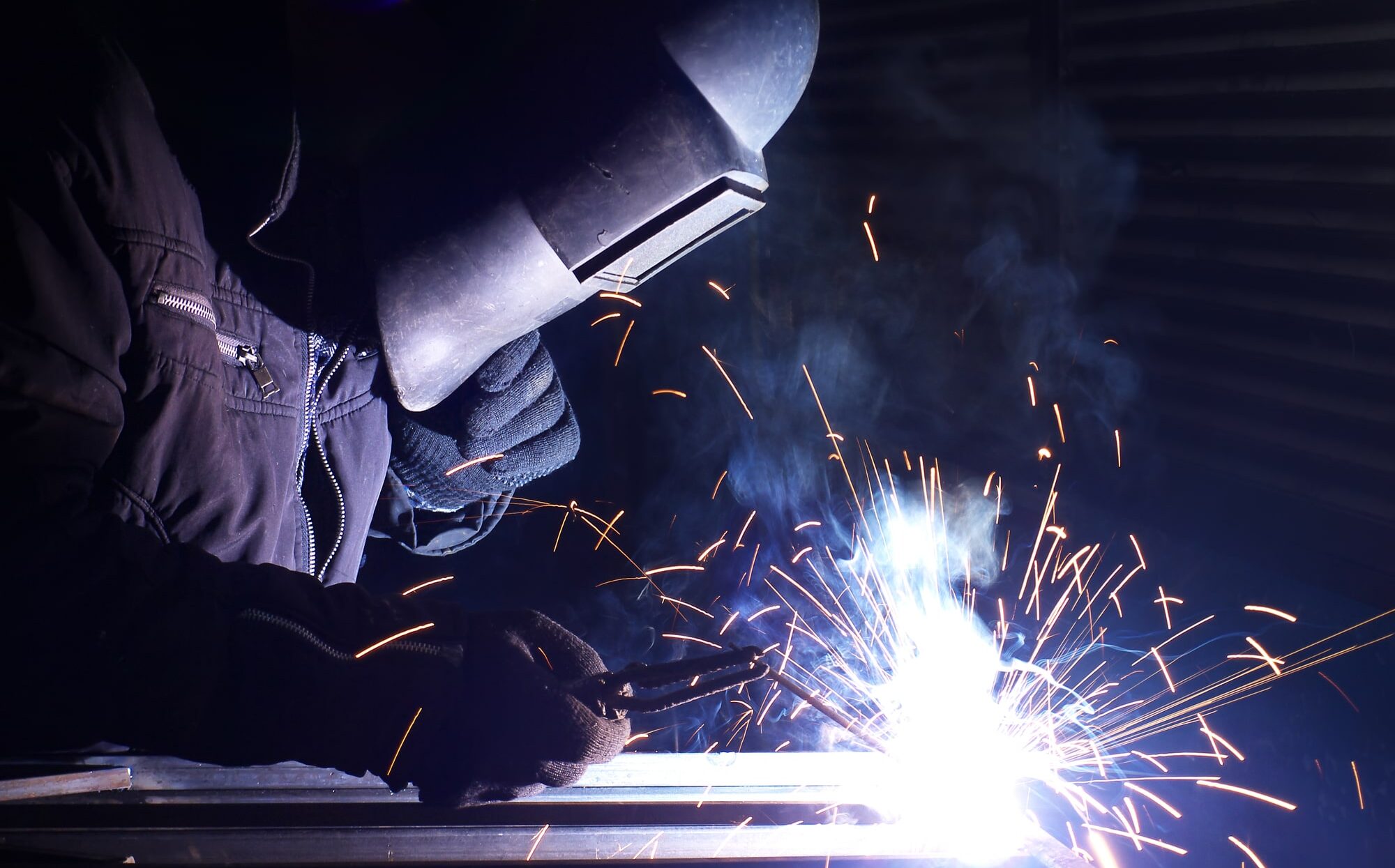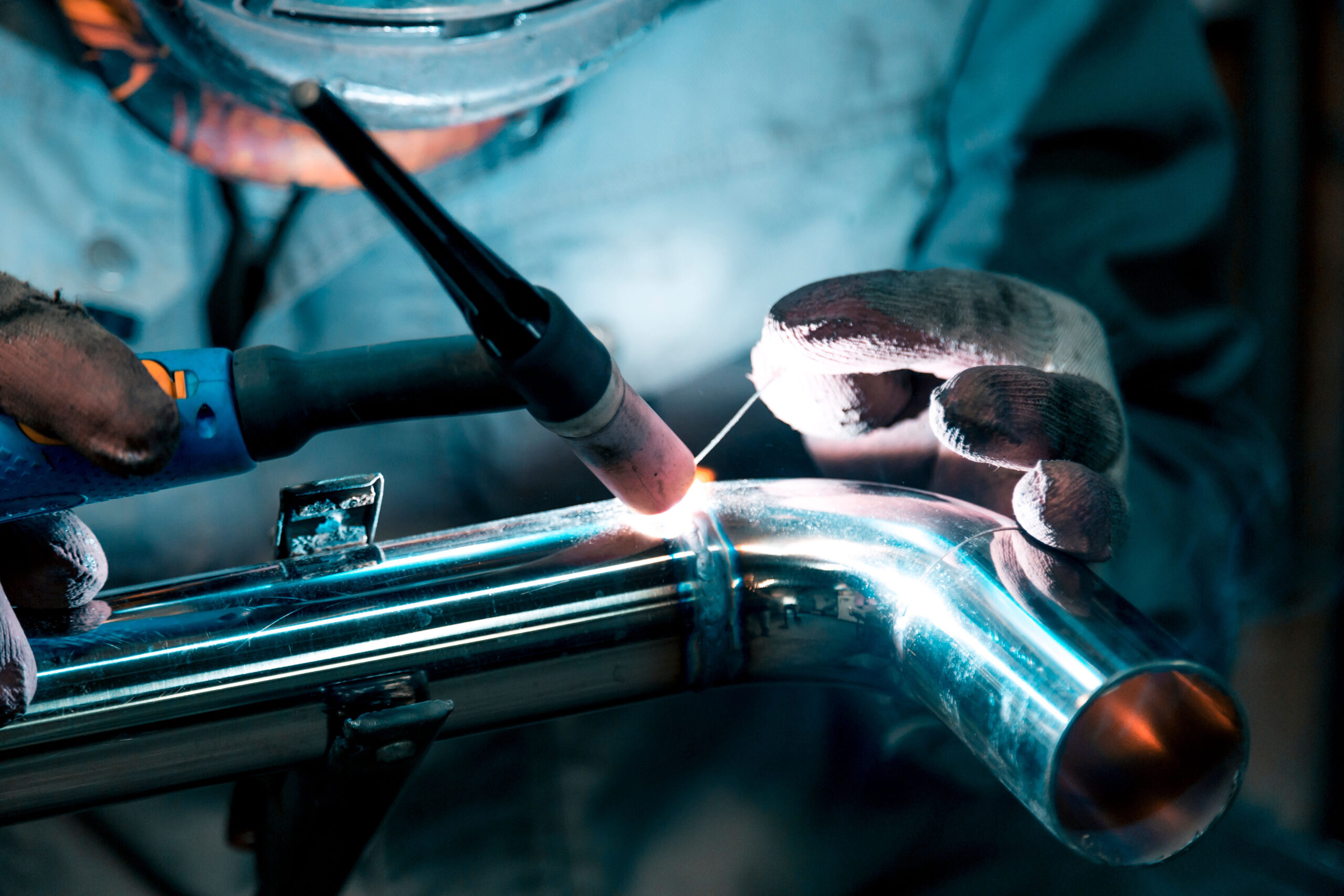Welding WPS Explained: Trick Parts and Benefits for Your Welding Procedures
Welding WPS Explained: Trick Parts and Benefits for Your Welding Procedures
Blog Article
Achieving Welding Excellence: Unveiling the Secrets of WPS Execution and Optimization
In the realm of welding, achieving excellence is a search that depends upon the careful execution and optimization of Welding Procedure Specifications (WPS) These fundamental files work as the foundation of welding procedures, dictating the specifications and procedures necessary for generating top notch welds continually. Nevertheless, the secrets to opening the complete capacity of WPS lie not just in understanding its significance yet additionally in mastering the intricacies of its execution and optimization. By diving right into the crucial elements, strategies, obstacles, and finest practices connected with WPS, a globe of welding quality awaits those who are prepared to discover its midsts.
Importance of WPS in Welding
The Significance of Welding Treatment Specifications (WPS) in the welding sector can not be overstated, offering as the foundation for making certain uniformity, high quality, and safety in welding procedures. A WPS gives detailed instructions on how welding is to be executed, consisting of necessary variables such as materials, welding processes, joint design, filler metals, interpass and preheat temperature levels, welding currents, voltages, travel speeds, and much more. By sticking to a distinct WPS, welders can keep harmony in their work, causing constant weld top quality throughout various tasks.

Crucial Element of WPS
Discussing the important elements of a welding procedure requirements (WPS) is necessary for understanding its function in welding operations. A thorough WPS includes several crucial elements that lead welders in accomplishing quality and consistency in their job. One critical element of a WPS is the welding procedure requirements, which lays out the specific welding procedures to be used, such as gas tungsten arc welding (GTAW) or secured metal arc welding (SMAW) Additionally, the WPS includes information on the welding materials, such as the type and specs of the base metal and filler metal to be used. The WPS likewise specifies necessary variables like welding specifications, preheat and interpass temperature needs, and post-weld warm treatment procedures. Furthermore, it includes details on joint layout, fit-up, and any type of unique methods or precautions necessary for the welding operation. By incorporating these crucial elements right into the WPS, welding procedures can be standardized, making certain quality, performance, and safety and security in welding operations.
Techniques for WPS Optimization

Secondly, training and credentials of welding employees according to the particular needs of the WPS is paramount. Offering detailed training programs and guaranteeing that welders are licensed to execute treatments detailed in the WPS can bring about higher high quality welds and minimized rework.
Additionally, leveraging modern technology such as welding software and monitoring systems can aid in enhancing WPS. These devices can aid in tracking variables, making certain parameters are within specified limits, and supplying real-time feedback to welders, allowing them to make immediate adjustments for improved weld high quality.
Common Difficulties and Solutions
Dealing with obstacles in implementing the approaches for WPS optimization can impede welding procedures' performance and top quality. One common challenge is insufficient training or understanding of the welding treatment requirements (WPS) amongst the welding group. This can bring about inappropriate execution of welds, resulting in problems and revamp. To address this, extensive training programs need to be implemented to make certain that all welders are competent in using and analyzing WPS precisely.
One more challenge is the absence of proper paperwork and record-keeping, which is necessary for WPS optimization. Without clear documents of welding specifications, materials used, and evaluation results, it becomes tough to recognize areas for improvement and ensure uniformity in welding processes. Carrying out a robust documentation system, such as electronic welding administration software, can assist enhance record-keeping and assist in information evaluation for continuous improvement.
Additionally, inconsistent welding devices calibration and upkeep can position a substantial difficulty to WPS optimization. Routine devices checks, calibration, and maintenance schedules ought to be followed purely to guarantee that welding parameters are properly controlled and preserved within the defined resistances (welding WPS). By attending to these usual obstacles with aggressive options, welding operations can boost effectiveness, top quality, and overall welding quality
Best Practices for WPS Application
To make sure successful WPS implementation in welding procedures, adherence to industry criteria and thorough focus to information are extremely important. When initiating WPS implementation, it is critical to start by thoroughly comprehending the specific welding requirements of the job. This involves a thorough testimonial of the welding treatment specifications, products to be bonded, and the environmental problems in which the welding will occur.
When the demands are clear, the following action is to select the proper welding treatment that straightens with these specs. This involves my site seeking advice from the pertinent codes and criteria, such as those provided by the American Welding Society (AWS) or the International Organization for Standardization (ISO), to make certain compliance and top quality.
Moreover, documenting the whole WPS implementation process is crucial for traceability and quality assurance. Thorough documents need to be kept concerning welding parameters, material prep work, interpass and preheat temperatures, welding consumables utilized, and any kind of inconsistencies from the original treatment. Regular audits and evaluations of the WPS can assist determine locations for improvement and ensure continuous optimization of the welding procedure.


Conclusion
Finally, the application and optimization of Welding Treatment Specs (WPS) is essential for achieving welding excellence. By comprehending the key elements of WPS, implementing efficient techniques for optimization, attending to typical obstacles, and adhering to ideal practices, welders can ensure premium welds and safe working problems. It is important for professionals in the welding industry to focus on the site proper application of WPS to enhance overall welding performance and attain wanted end results.
The Value of Welding Treatment Specs the original source (WPS) in the welding industry can not be overstated, serving as the backbone for ensuring uniformity, high quality, and security in welding procedures. A WPS offers detailed instructions on exactly how welding is to be carried out, consisting of vital variables such as materials, welding procedures, joint design, filler steels, interpass and preheat temperatures, welding currents, voltages, travel speeds, and much more. One vital facet of a WPS is the welding procedure specification, which lays out the certain welding processes to be utilized, such as gas tungsten arc welding (GTAW) or secured steel arc welding (SMAW) By including these essential elements into the WPS, welding treatments can be standardized, making certain quality, efficiency, and safety in welding procedures.
It is critical for specialists in the welding sector to prioritize the proper execution of WPS to improve total welding efficiency and achieve preferred results.
Report this page